All Courses & Ebooks

FREE
The video lesson teaches about the different types of bed and bathroom linen found in hotel guest rooms, as well as the amenities provided for guests such as toiletries, stationery, and Do Not Disturb signs. It also emphasizes the importance of guest feedback forms for understanding their needs and challenges. Additionally, the video explains the free-to-use facilities such as tea, sugar, and Nescafe and how they should be used by guests.

FREE
These video lessons cover the servicing of a guest room. When servicing a guest room there are different stages. The room attendant must prepare themselves before cleaning the guest room, prepare cleaning supplies and rooming list with the number of rooms to be cleaned, organize trolley with bed linen, bathroom linen, and guest room supplies etc.
The guest bed must also be made. The first step in making the bed is stripping it, which involves removing all the bed linen and checking for any guest belongings left behind. After checking for guest belongings, remove the duvet cover and pillowcases, and arrange the bed linen smoothly. Finally, make the bed properly, ensuring that the duvet is arranged neatly and the are fluffed.
Cleaning of the bathroom and guest room must be done. Clean the mirror, shaving mirror, hand wash, and toilet seat; dry surfaces properly; dust the entire bathroom, including tile walls and towels; replenish amenities, such as shower gel, shampoo, and bath soap; mop the floor to finish the cleaning process.

FREE
This video lesson covers the cleaning of a vacant room. Some of the steps include the following; Remove any sleep well cards and reorganize the bed to standard; Turn off the lights and remove any breakfast cards; Draw the curtains and decorate the bed as it should be during the day; Dust the room with a dry cleaning cloth; Check the bathroom amenities and supplies, fold toilet paper, and mop the floor- Spray air freshener and do a final check of the room; Vacuum the carpet to finish the cleaning process.

FREE
Turn down service is an extra service offered to hotel guests to facilitate their sleep. The procedure starts by drawing the curtains. Turn down bed covers so that it is ready for sleeping. A sleep well card is placed on the bed and turn down mats and slippers are provided. A breakfast card is placed for guests to order breakfast without going to the restaurant. The chair is left half open and the TV remote is placed in its correct place. The procedure is checked and everything is made neat and ready for sleeping.
Turn down service is not done in all hotels but is an important service for guests.

FREE
This lesson covers the cleaning of public areas. Public areas have different surfaces that require specific tools and products for cleaning. Before cleaning, identify all surfaces and collect the necessary equipment. Start by opening curtains and checking for any leftover items. Vacuum carpets before dusting, starting from the far end to the exit. Check for stains and use appropriate cleaning products. Clean wooden surfaces with multi-surface cleaner. Dust stair handles and mop stairs, taking care to clean both sides of each step.
Manage dust by checking at intervals and adjusting cleaning frequency as needed. Check for any rubbish or items left behind by guests or visitors. Take care not to damage painted surfaces with water. Regularly check and maintain cleanliness of public areas.

FREE
This video lesson covers different techniques for cutting vegetables. Variety of vegetables are cut into different shapes. Julienne is a french method of cutting vegetables into small sticks. Vegetables like peppers, tomatoes, carrots, onions, and potatoes can be cut into julienne.
Brunoise is a method of cutting vegetables into fine dices. Macedoine is a method of cutting vegetables into small cubes and is usually used for fruit salad preparation. Dices are larger than macedoine and are cut into the same shape. Paysanne is a thin, flat, and square cut of vegetables. Chiffonade is a style of cutting vegetables into thin strips, usually used for salads. Batonnet is a method of cutting vegetables into sticks, like butternut, carrots or cucumbers.

FREE
This video lesson covers the cooking methods blanching and glazing of vegetables. Blanching is a cooking method where vegetables are boiled in water above 100 degrees Celsius with a pinch of salt to maintain taste and colour. Vegetables should be boiled for 10-15 minutes to make them edible and crunchy. Blanching is a pre-preparation method for vegetables before other cooking methods like sautéing or pan-frying.
The video demonstrates how to blanch and peel tomatoes, spinach, cauliflower etc. Glazing involves cooking vegetables in butter and sugar until they are crunchy and shiny. Carrots can be cut into any shape desired before being grazed. Cooling vegetables quickly after cooking is important to prevent bacterial growth.

FREE
This video lesson covers the preparation of stocks. Stocks are liquids that contain soluble nutrients and flavor extracted from vegetables, bones, and spices by prolonged simmering. A good stock has fresh vegetables, herbs, bones, and spices. Brown stock uses brown mirepoix (a combination of vegetables with carrots) while white stock uses white mirepoix (a combination of vegetables without carrots).
Chicken stock requires deboning chicken and chopping the bones into small pieces. Fish stock requires a white mirpua and fish bones or trimmings. Fish stock is only used for fish and seafood dishes due to its strong flavor. Salt and pepper should be added sparingly to avoid producing overly salty sauces or soups. Stock is a foundation of cooking and can be used to produce many sauces and soups.

FREE
There are a variety of vegetables available for sautéing, including carrots, spinach, french beans, garden peas, cauliflower, zucchini green pepper, and onions. A range of condiments, including salt, white pepper, aromat, chopped garlic, chopped onion and fresh cream can be used. Vegetables can also be grilled and roasted, these techniques are demonstrated in this video lesson.
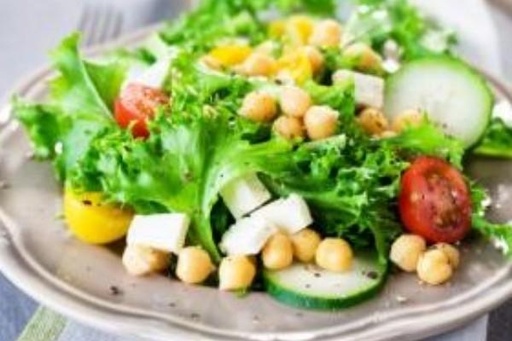
FREE
This video lesson teaches how to prepare compound salads step-by-step, using egg Russian salad and Greek salad as examples. It emphasizes the importance of balancing colour and ingredients, adding mayonnaise, salt and pepper to the dressing the salad, and adding a base and garnish.

FREE
Soups are a great option for simple meals and are very nutritious.
Soups can be classified into thin soups, clear soups, cream soups, special soups, and national soups. Making soups requires attention to detail and proper technique. These video lessons gives a comprehensive guide to making different types of soups using a variety of ingredients.

FREE
These video lessons demonstrate how to prepare meat, fish and poultry, namely grilled steak, grilled tilapia fillet, fillet fish in butter and roasted chicken.
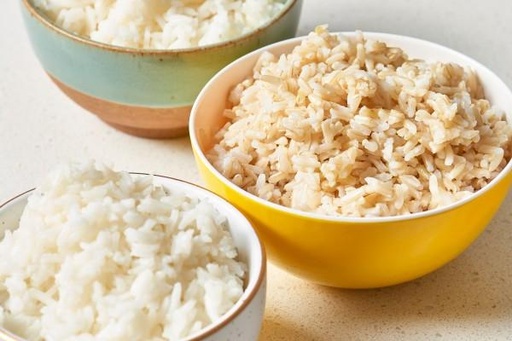
FREE
This video lesson covers the use of steamed rice to develop different dishes. How to cook tumeric rice and oriential rice is demonstrated.

FREE
In this video, the instructor demonstrates how to make two types of salad dressings: vinaigrette and tata sauce. For the vinaigrette dressing, he combines chopped onions, white vinegar, olive oil, salt, and white pepper. For the tata sauce, he uses mayonnaise, onion, parsley, capers, peppers, gherkins, and boiled egg white. The instructor emphasizes the importance of harmonizing the flavors of the dressing with the salad ingredients and encourages viewers to experiment with different flavor combinations to create unique dressings.

FREE
This video lesson teaches the concept of sauces and introduces the mother sauces, which serve as the foundation for many other types of sauces. Mother sauces such as fish verte and basic brown sauce or demi-glace are demonstrated. Other sauces such as chicken verte, bechamel sauce and veloute are also demonstrated.
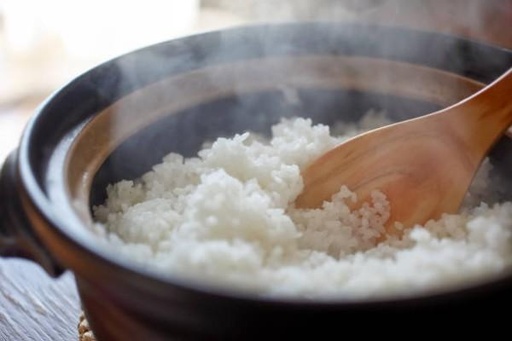
FREE
This video lesson demonstrates how to prepare steamed rice, which is the base for many dishes. The chef advises monitoring the readiness of the rice closely. The video also talks about using steamed rice to make different varieties such as tomato, carrot, vegetable, turmeric, and coconut rice.
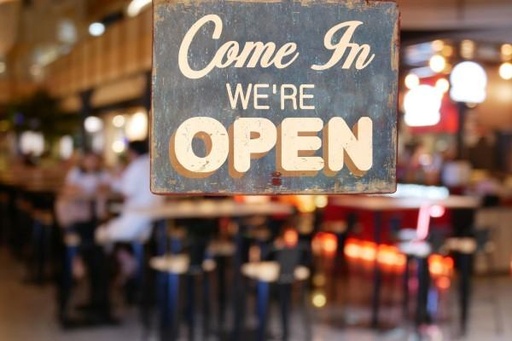
FREE
These video lessons discuss the opening duties of a restaurant, focusing on cleaning and polishing cutlery and glassware. The instructor provides tips on how to clean cutlery and demonstrates how to properly clean various types of glasses without leaving fingerprints or accidentally breaking them. The video emphasizes the importance of maintaining hygiene and arranging the service area in preparation for guests. The series covers a range of topics related to food and beverage service, including taking orders, serving food and drinks, clearing tables, billing, and bidding farewell to guests.

FREE
This video lesson covers the preparation of Roux for mother sauces. Roux is a combination of fat and flour cooked together. Roux is used as a thickening agent in various dishes such as sauces and soups. There are three types of roux: white, blonde, and brown. White roux is used for white sauces and soups, blonde roux for velouté sauces, and brown roux for brown sauces and soups. Different types of roux have different colors and flavors.
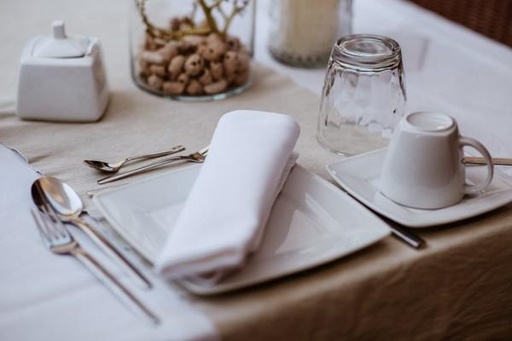
FREE
These video lessons discuss two types of menu settings: a la carte and table d'hôte. It covers the setting up of tables including, glasses, plates and cutleries.

FREE
This video lesson discusses the preparation and plating of fruits. Fruits are an important food group and are full of nutrients, especially vitamin C. Fruits can be prepared as individual plates or platters. Different types of fruits include hearty fruits (green apple), citrus fruits (orange), soft fruits (strawberry), and tropical fruits (pineapple, papaya, mango).

FREE
These video lessons covers the preparation of pasta. Pasta is a popular Italian dish that has become international. The video demonstrates the preparation Penne pasta and Spaghetti which are types of pasta, it also provides a step-by-step guide to making pasta with cheese sauce.

FREE
This video lesson covers Roasting Potatoes and making French Fries. Roasting potatoes involves combining two cooking methods: blanching and oven roasting. French fries are made by cutting potatoes into thin, batonnet shapes and deep frying them. Watch for a step-by-step guide on how to prepare them.

FREE
Mise en place is a French term for having all your ingredients measured, cut, peeled, sliced, grated, etc. before you start cooking. Pans are prepared. Mixing bowls, tools and equipment set out. By making sure ingredients are prepped and workstations are organized before you begin assembling a dish, you'll save time. And not only will you waste fewer minutes completing prep work, but you'll also eliminate unnecessary steps or duplicate work in the kitchen.
These video lessons provide a comprehensive guide in preparing and processing vegetables for use.

FREE
This video lesson looks at simple salad preparations. Salads can be simple or compound, and can be a meal or a course itself. Salad ingredients can be raw or cooked, or both, and are usually served with dressing.
There are two types of salads: simple salads and mixed or compound salads. Simple salads have one ingredient with dressing and other components. Mixed or compound salads have multiple ingredients with dressing and other components. Salads can be served with dressing on top or dressing aside, depending on preference.
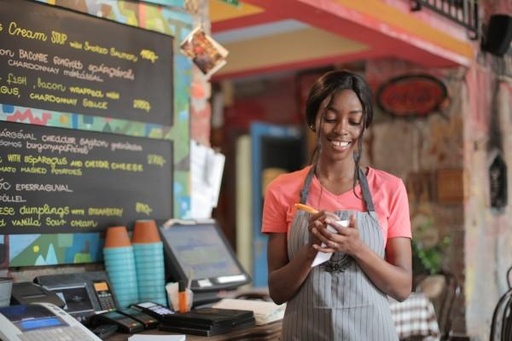
FREE
The video emphasizes the importance of cleanliness and proper etiquette when taking food and beverage orders, highlighting the "big five" tools a waiter should have, and the importance of presenting the menu to guests with the lady first. Proper order taking procedures are crucial, with ladies served first before men, and writing orders down in a captain's book before repeating them to confirm accuracy, ensuring efficient and accurate service for all guests. The video also demonstrates how to suggest and take beverage orders for guests, encouraging viewers to take notes and follow the demonstrated sequences.
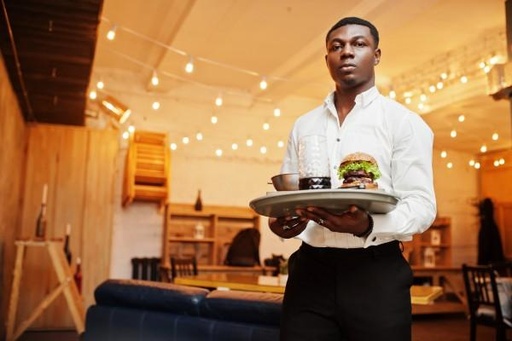
FREE
This video lesson discusses how to take food orders in a restaurant, emphasizing the importance of starting with starters and appetizers and then the main course, followed by desserts. Waiters should provide details such as accompaniments and sauces when taking orders, and the main course should take 25 minutes.
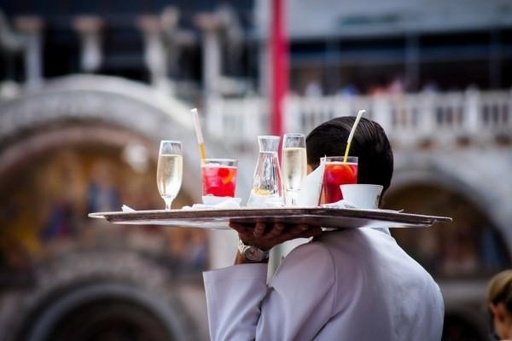
FREE
The first video lesson covers the various types of beverages and subcategories that servers may encounter, including hot beverages, soft drinks, beers, and spirits. The speaker explains the differences between teas and coffees, and highlights the subcategories of waters and sodas. They then discuss different types of alcoholic beverages and their origins, emphasizing the wide range of vodka flavors available.
The second video lesson covers the topic of serving beverages and matching different types of drinks with appropriate glasses. Specific glasses for various alcoholic beverages were highlighted, including martini, cognac, whiskey, liqueur, and champagne, along with their unique features. The importance of choosing the right glassware when serving drinks to guests was emphasized, and common types of glasses used when setting a table, such as the water goblet, red wine glass, white wine glass, and champagne flute.
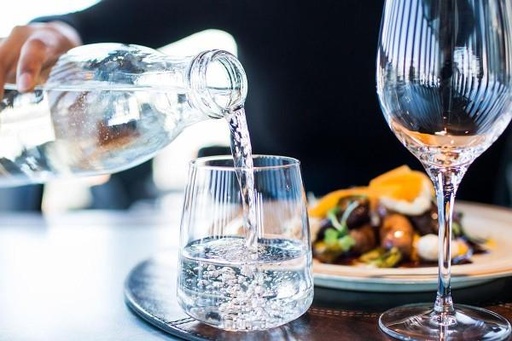
FREE
This video is about serving soft drinks and water in a food and beverage setting. The server emphasizes the use of coasters to prevent damage to linen from condensation and presents the bottle to the guest before pouring. They also demonstrate serving warm water without coasters and ensuring the label of the bottle faces the guest.
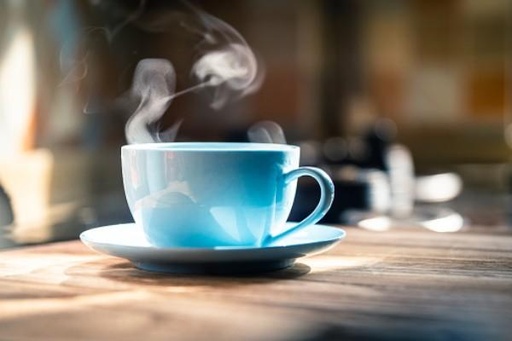
FREE
This video explains the proper procedures for serving coffee and other hot beverages in a hotel or restaurant setting. It covers checking the order, arranging the accompanying items correctly on a tray, and providing guests with hygienic sugar options. The order of hot water, milk, sugar, and tea bag is outlined for serving hot beverages, and the importance of correctly naming and introducing a drink is stressed.
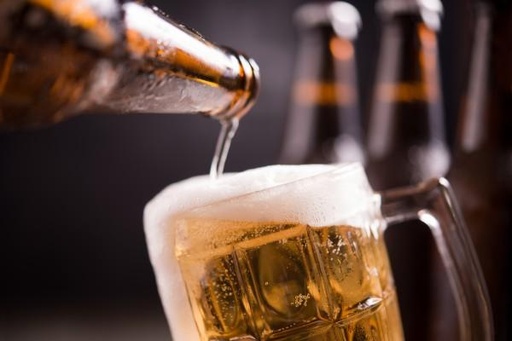
FREE
This video teaches how to properly serve bottled beer in a clear, straightforward manner. To start, it’s important to ensure the proper serving temperature is achieved, then use the appropriate glass to pour, making sure to pour slowly at a 45-degree angle and avoid contact between the glass and bottle. Any remaining beer should then be placed beside the guest with the label facing them.
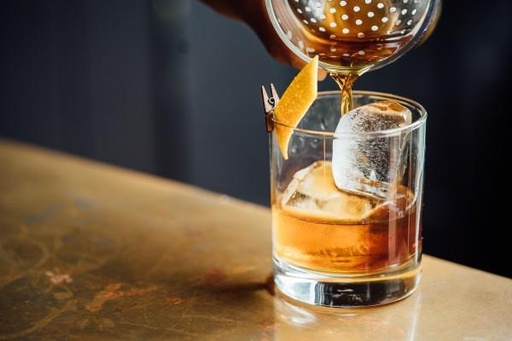
FREE
This video demonstrates how to serve spirits and bottled beer properly to customers, emphasizing the importance of serving customers on their right side and obtaining permission before touching or moving anything on the table. The video also highlights the proper way to pour beer into a glass at a 45-degree angle without letting the bottle touch the glass and how to create a head on the beer for optimal presentation.
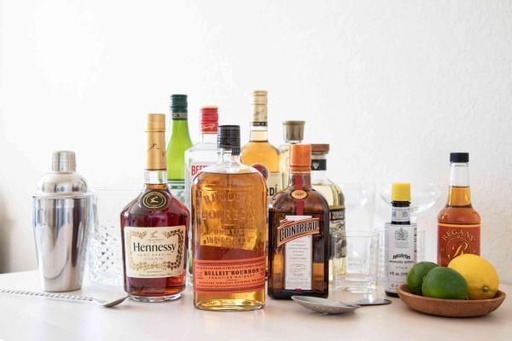
FREE
This video teaches the proper way of serving spirits using a tot measure and the importance of washing it between drinks to avoid mixing flavors. The bartender also explains the difference in serving a martini and other spirits, where a tot measure is not required. The video concludes by teasing the next topic of wine service.
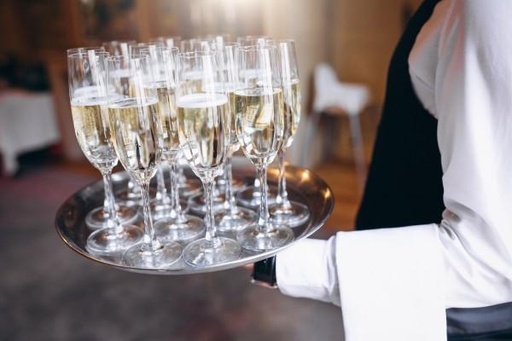
FREE
The video lessons explain the classification of wines by color, including red, white, and rosé. It also discusses the types of wines, such as table wines, sparkling wines, fortified wines, and aromatized wines. It also outlines the proper procedure for serving wine, beginning with collecting the wine order and identifying the specific wine to the host.
The lessons cover proper techniques for opening and serving wine to guests. The instructor explains how to open a bottle of sparkling wine or champagne and demonstrates how to correctly serve sparkling wine to guests. He emphasizes the importance of facing the label of the bottle towards the host and using caution when popping the champagne cork.
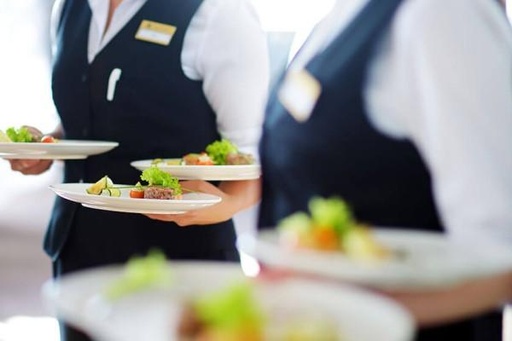
FREE
In this video lesson the instructor explains the proper way to serve food during a four-course meal and how to clear the table in a sequence while presenting the bill. The video demonstrates how to adjust cutlery according to each course and how to serve soup with proper etiquette.
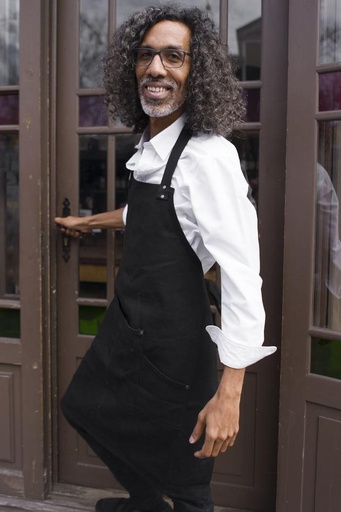
FREE
The video lesson covers the closing duties of a food and beverage server, including clearing soiled items from tables, properly stacking cutlery and dishes, and setting tables for the next shift. It emphasizes the importance of communication and preparation in ensuring a smooth transition between shifts.
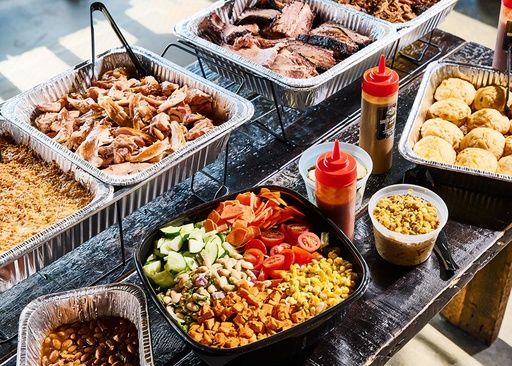
FREE
This video lesson explains the basics of catering and the requirements for starting an outdoor catering service in Nigeria. It provides a step-by-step guide for planning a successful outdoor event, including the pre-event, event, and post-event phases. The speaker emphasizes the importance of meeting with clients, taking notes, and pricing food appropriately when planning the pre-event phase.

FREE
These course training manuals are intended to get participants to think about the importance of communicating effectively with tourists, both from the tourists’ viewpoint and their own.
It is intended as a basic introduction for people who may not know much about tourists or ways of communicating with tourists.
Author : The Commonwealth of Learning, 2002
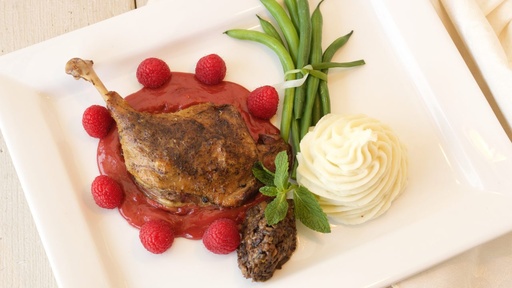
FREE
One of the first steps in learning how to be a culinary professional is learning ‘professionalism’, the tools of the trade, recipe conversion and measurements, and the proper cooking methods and techniques including the various ways to cook. There are many to learn, and each cooking method has their advantages and disadvantages. You will begin to notice a trend when it comes to applying cooking methods to various food items. There are some methods and ways of thinking that are basic to the kitchen and the profession, some are more advanced.
This course manual provides the culinary foundations you will need to progress in the field.
Author: Chef Randy Cheramie & William R. Thibodeaux Ph.D.
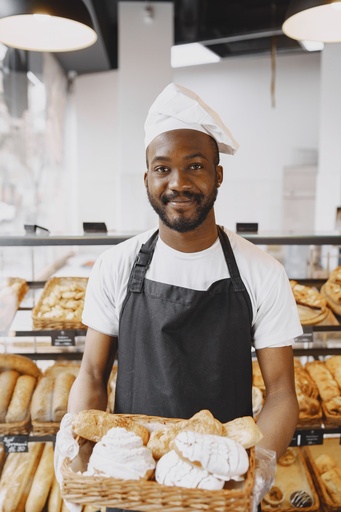
FREE
The Youth Explore Trades Skills Activity Plans are teacher resources designed to help students explore careers in trades and skills-related disciplines.
These activity plans are specifically designed to introduce students to trades and skills through activities that provide valuable hands-on experience. Through exposure to modules like these students will be able to make better informed career decisions. The activities in the Baker module exposes students to fundamental baking skills as well as knowledge and attitudes needed for careers in the baking profession.
In this module you will find nineteen detailed activity plans. These include an activity description, images, video links, terminology, lesson procedure, quizzes and assessment guidelines.
Author: Industry Training Authority Apprenticeship Programs, British Columbia
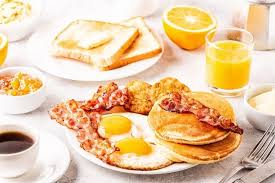
FREE
Hotels mostly serves three types of breakfast. In this video we look at the difference between these three.
1. Continental Breakfast
2. American Breakfast
3. English Breakfast
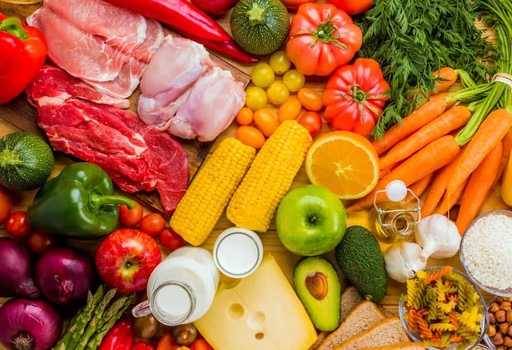
FREE
There are different types of meals. In this video we explain the following types;
- Early Morning Tea
- Breakfast
- Brunch
- Lunch
- Afternoon Tea / Low Tea
- High Tea
- Dinner
- Supper
- Midnight Snacks
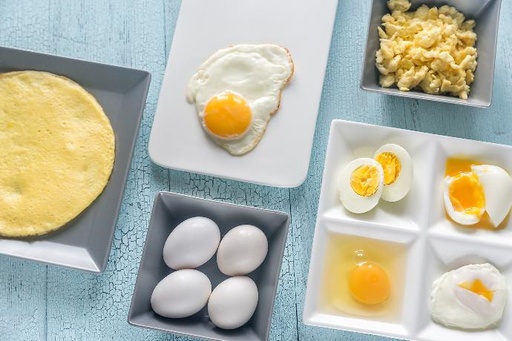
FREE
Eggs are a versatile and nutritious food used in many dishes, providing texture, structure, moisture, and flavor. Eggs are used in cooking as binding and coating agents, leveling agents, emulsifying agents and to contribute flavor and colour. In this video the structure and use of eggs in culinary arts is examined.
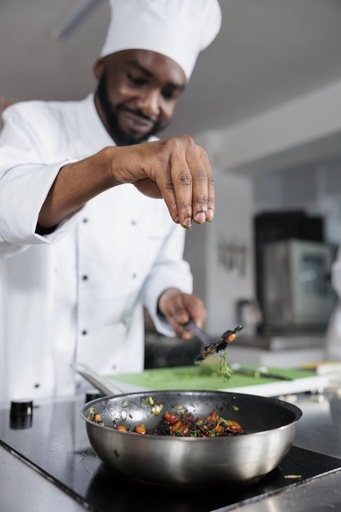
FREE
This video lesson explains the purpose of cooking as well as the different methods of cooking. Topics covered includes;
- Definition of Cooking
- Aims and Objectives of Cooking
- Methods of Heat Transfer
- Effect of Heat on Food
- Methods & Techniques of Cooking
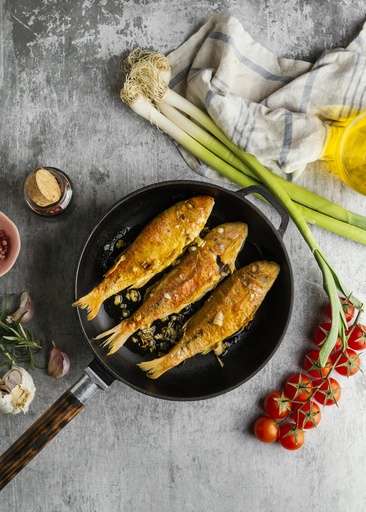
FREE
This video lesson provide a detailed explanation about different types or classification of fish. It also covers the selection, purchasing, cleaning and dressing of fish.
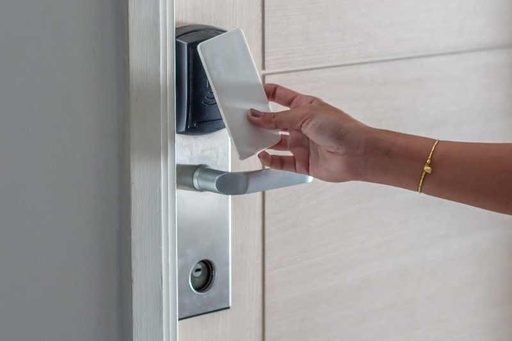
FREE
This video lesson explains the history of hotel room keys and the different types of keys that are used in hotels.

FREE
This video lesson takes a comprehensive look at different types of hotels and the importance of hotel classification.
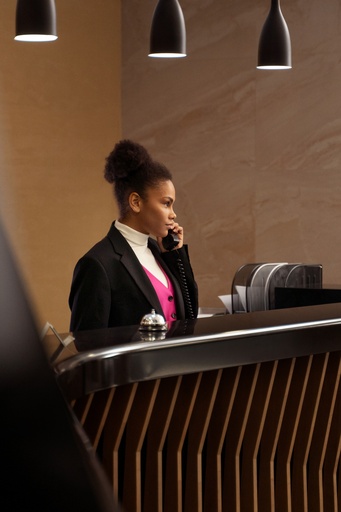
FREE
This video lesson looks at the following; how to handle guest complaints, the process of handling complaints, do's & dont's and the importance of handling complaints.
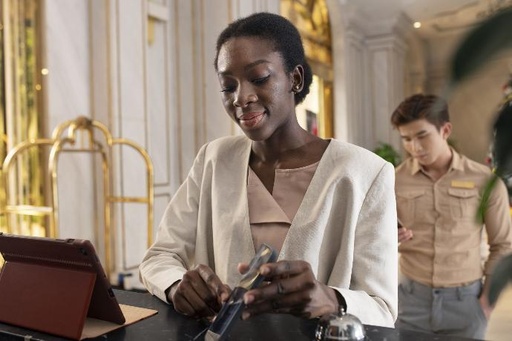
FREE
This video lesson looks at the different phases of the guest cycle;
- Pre Arrival
- Guest Arrival
- Occupancy
- Departure

FREE
Different types of rooms are offered by hotels to guests. Every hotel employee or staff should have good knowledge about hotel rooms especially those who are directly involved in selling or booking these hotel rooms.
At the end of this video lesson you will be able to; Develop an understanding about various types of rooms; Identify features of each room; Develop an understanding of different room supplies placed in rooms; Identify amenities of a VIP room.
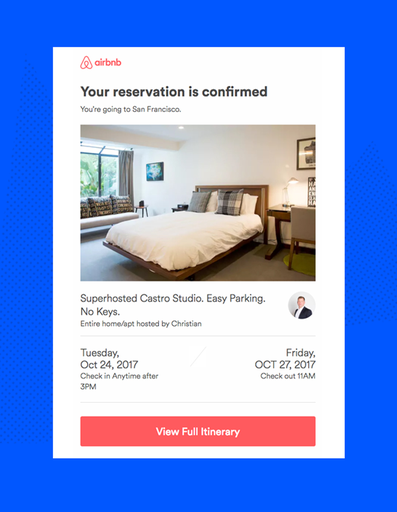
FREE
This video lesson covers hotel room reservations. Some of the topics include;
- Introduction to Room Reservations
- Duties of Room Reservation Personnel
- Modes of Reservations
- Sources of Reservations
- Types of Reservations
- Systems of Reservations

FREE
This video lesson provides an introduction to the hospitality industry. At the end of this lesson you will be able to understand;
- The meaning/concept of hospitality
- The complex structure of the hospitality industry
- Various sectors of the hospitality industry
- Characteristics/ features & nature of the hospitality industry
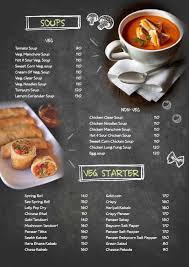
FREE
This video lesson provides a comprehensive look at menus and menu planning within the hospitality industry.
At the end of the lesson you will be able to;
- Understand the concept and development of a menu
- Explain the different types of menu
- Define the factors affecting menu planning
- Develop various kinds of menus
- Analyze the systematic approach for menu planning
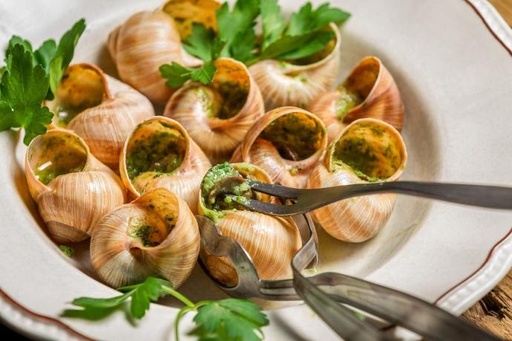
FREE
This video lesson provides a comprehensive look at the French classical menu.
At the end of the lesson you will be able to;
- Understand the concept of the French classical menu
- Explain the different types of courses in the menu
- Perform the compilation of a menu
- Differentiate between seventeen courses and eleven course French classical menu
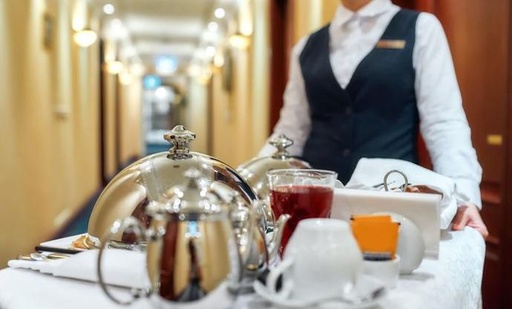
FREE
This video lesson looks at room service in the hotel industry. At the end of the lesson you will be able to understand;
- The different types of equipment used in room service
- The importance of mise-en-place
- Different methods of taking room service orders
- Various tray set ups for various orders
- The service procedure
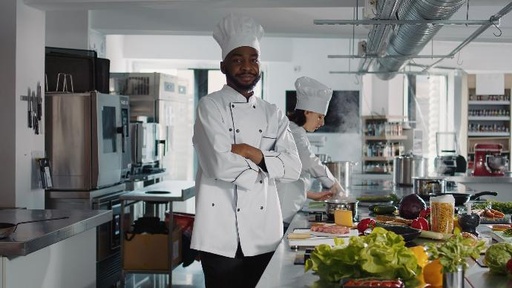
FREE
The Youth Explore Trades Skills Activity Plans are teacher resources designed to help students explore careers in trades and skills-related disciplines.
These activity plans are specifically designed to introduce students to trades and skills through activities that provide valuable hands-on experience. Through exposure to modules like these students will be able to make better informed career decisions.
The activities in the Cook module exposes students to fundamental cooking skills as well as knowledge and attitudes needed for a career as a cook. A cook typically has a lower rank than a chef.
In this module includes activity description, images, video links, terminology, lesson procedure, quizzes and assessment guidelines.
Author: Industry Training Authority Apprenticeship Programs, British Columbia
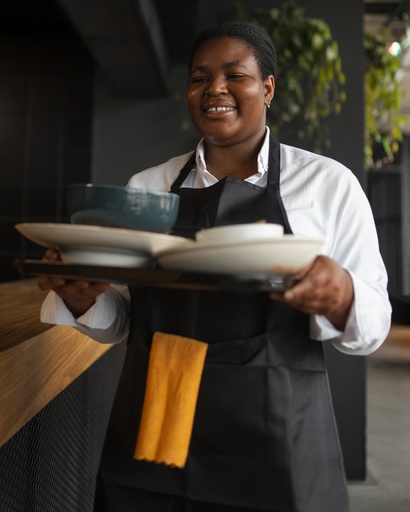
FREE
Being a server at a restaurant is hard. The best servers are master multi-taskers. Plus, your on-the-job performance can have a huge effect on a restaurant’s bottom-line and your tips.
While much of a server’s personality is already ingrained, other aspects of service (like how well they know the menu, wine pairings and how they interact with customers) can be learned.
So what does a server/waiter need to do to take their service from ordinary to extraordinary? Watch these videos to gain some invaluable tips.
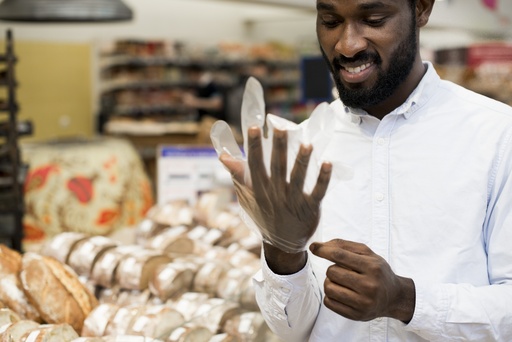
FREE
Just like any food preparation, baking involves a lot of handling of raw materials. Sanitation ensures all surfaces are cleaned regularly before food preparation. It reduces the chances of pathogens and microbes from migrating from an unclean surface to equipment or the consumer goods. It is the responsibility of all bakery personnel to maintain extreme cleanliness and sanitation in the bakery to protect the health of the consumer of bakery foods. In this free ebook you will learn about the importance of hygiene and sanitation in the bakery sector.
Author: Erasmus, European Union
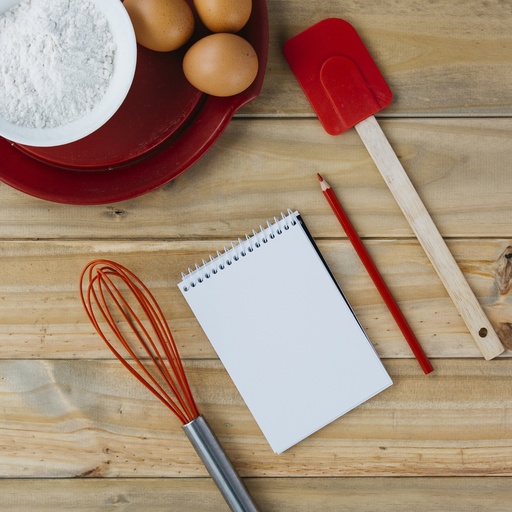
FREE
Applied Math for Food Service is an adapted open textbook. This new open textbook remixes content from two open textbooks published by BC Campus under CC BY licenses. Basic Kitchen & Food Service Management by The BC Cook Articulation Committee, and Math for Trades by Chad Flinn and Mark Overgaard.
Author: Amy Savoury, BC Campus
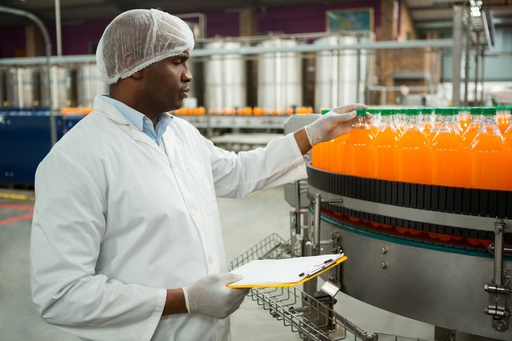
FREE
Food Safety, Sanitation, and Personal Hygiene is one of a series of Culinary Arts open textbooks developed to support the training of students and apprentices in British Columbia’s foodservice and hospitality industry.
- Introduction
- Food Safety Regulations
- An Approach to Food Safety
- Causes of Foodborne Illnesses
- Preventing Foodborne Illnesses
- Receiving Practices
- Storage Temperatures & Procedures
- Food Rotation
- Developing a Food Safety Plan
- Workplace Sanitation
- Key Takeaways & Activities
Author:
The BC Cook Articulation Committee , BC Campus
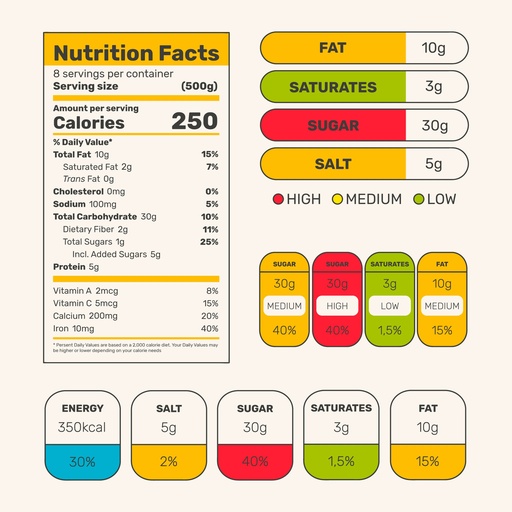
FREE
This open textbook provides a foundational understanding of Food Labelling.
Author: Jennifer L. Lapum; Oona St-Amant; Wendy Garcia; Lisa Seto Nielsen; and Rezwana Rahman

FREE
This textbook is an introduction to tourism written with a first year college and university audience in mind.
Edited by: Morgan Westcott; Wendy Anderson; and Adapted by NSCC
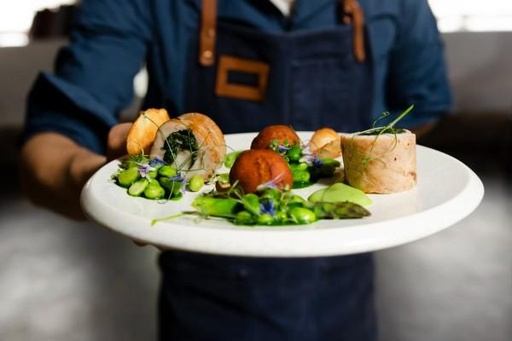
FREE
This video lesson focuses on customer care and hosting duties within the hospitality industry, specifically in high-end or fine dining restaurants. The instructor discusses the importance of welcoming and handling guest reservations and complaints.
The lesson provides tips for handling various scenarios that may arise while hosting guests, such as table preferences, taking down details, and handling situations where guests request a table that is already reserved. The video also outlines the steps involved in hosting guests, such as confirming reservations, seating guests while respecting social distancing rules and placing the folded napkin on their laps.
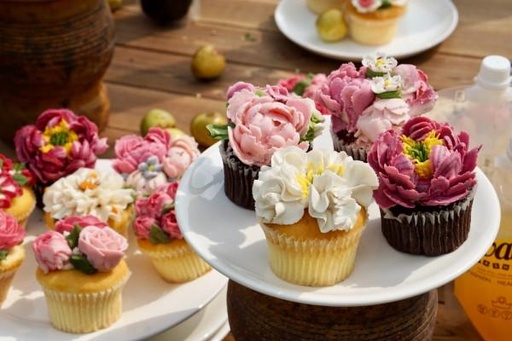
FREE
Looking at the Nigerian cakes and desserts industry today, it has evolved significantly over the years. This industry has a vibrant and huge market with opportunities for players to come in at different entry points regardless of budgetary constraints. This means whether you are working from home and using social media platforms like instagram to reach your customers or running your business from a brick and mortar store, there is room for everyone. With a large population that is predominantly youthful, the future of the cakes and dessert industry in Nigeria looks bright.
This ebook is useful to anyone interested in starting a Cakes & Dessert business. Contents include: Introduction - Overview of the Cakes and Dessert Business Industry in Nigeria, Getting Started, Setting Up & Managing Your Cakes & Desserts Business, Expanding your Cakes & Desserts Business
Author: Lagos State Employment Trust Fund (LSETF)
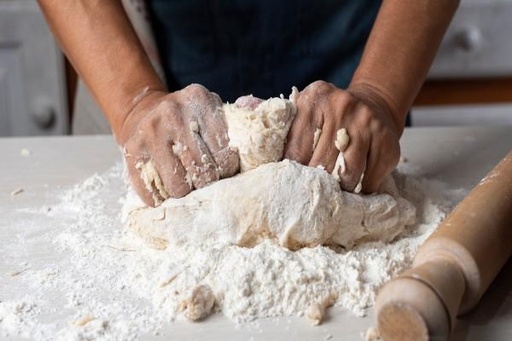
FREE
This introductory textbook on baking and pastries cover the following topics: baking and pastry equipment; dry ingredients; quick breads; yeast doughs; pastry doughs; custards; cake and buttercreams; pie doughs and ice cream; mousses, Bavarians, and souffle; and cookies.
The appendix includes measurement and conversion charts, cake terms, and industry resources. This resource was written by Chef Tammy Rink for Nicholls State University CULA 250 course.
Author: Nicholls State University - Chef Tammy Rink
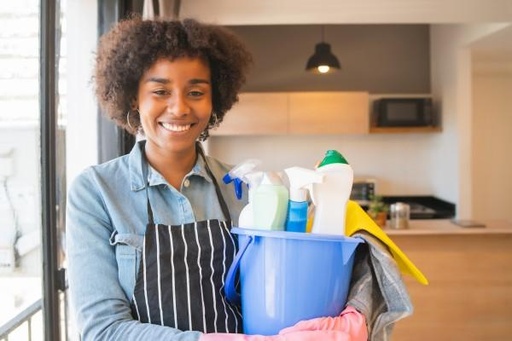
FREE
This training manual was designed to help an individual start an agency in housekeeping services. It is also useful to any lay person for self empowerment and enrichment.
Author: National Institute of Open Schooling - Gov. of India
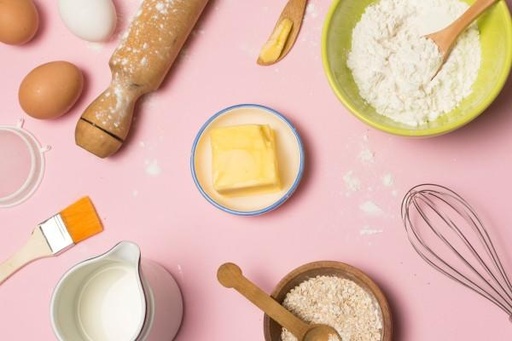
FREE
This training manual will teach you basic baking procedures, the various kinds of ingredients used in baking, the equipment required, etc. You will also leam the basics of managing a small bakery in case you want to set up your own.
The primary objective of developing this course manual is to impart a skill to you which could either help you to take up a job in a bakery or set up a bakery or simply delight family members with a constant supply of delicious products.
Author:
National Institute of Open Schooling - Gov. of India

FREE
These video lessons emphasizes the importance of the housekeeping department in providing cleanliness and ambiance to hotel guests.
The lessons outline a variety of cleaning tools and equipment such as scoring pads, mops, squeegees, and caution signs. The polishing and cleaning of tiles and carpets using cleaning agents and a vaccum cleaner. They also stress the significance of wearing personal protective gloves and using the appropriate cleaning cloth for specific surfaces.